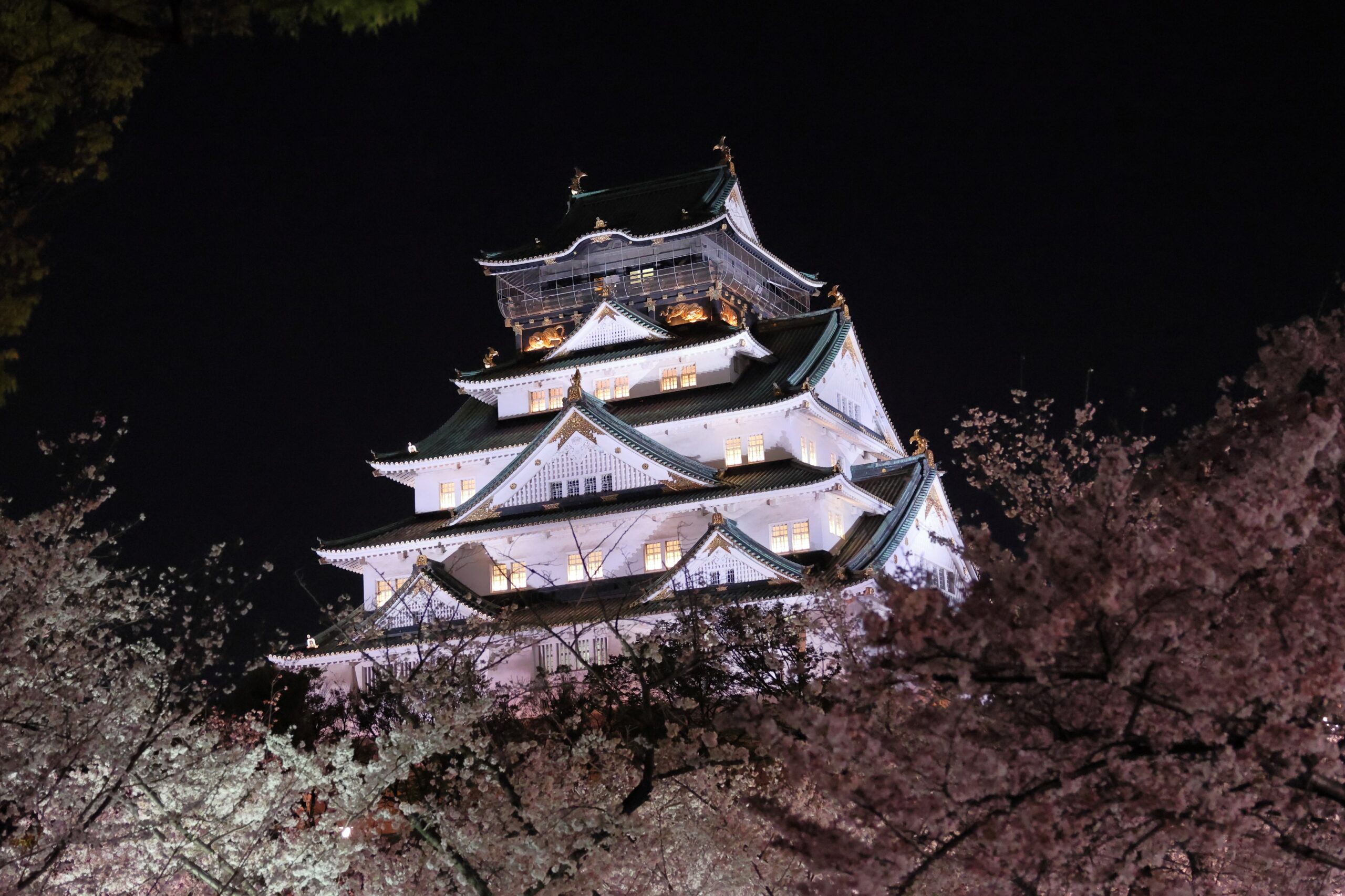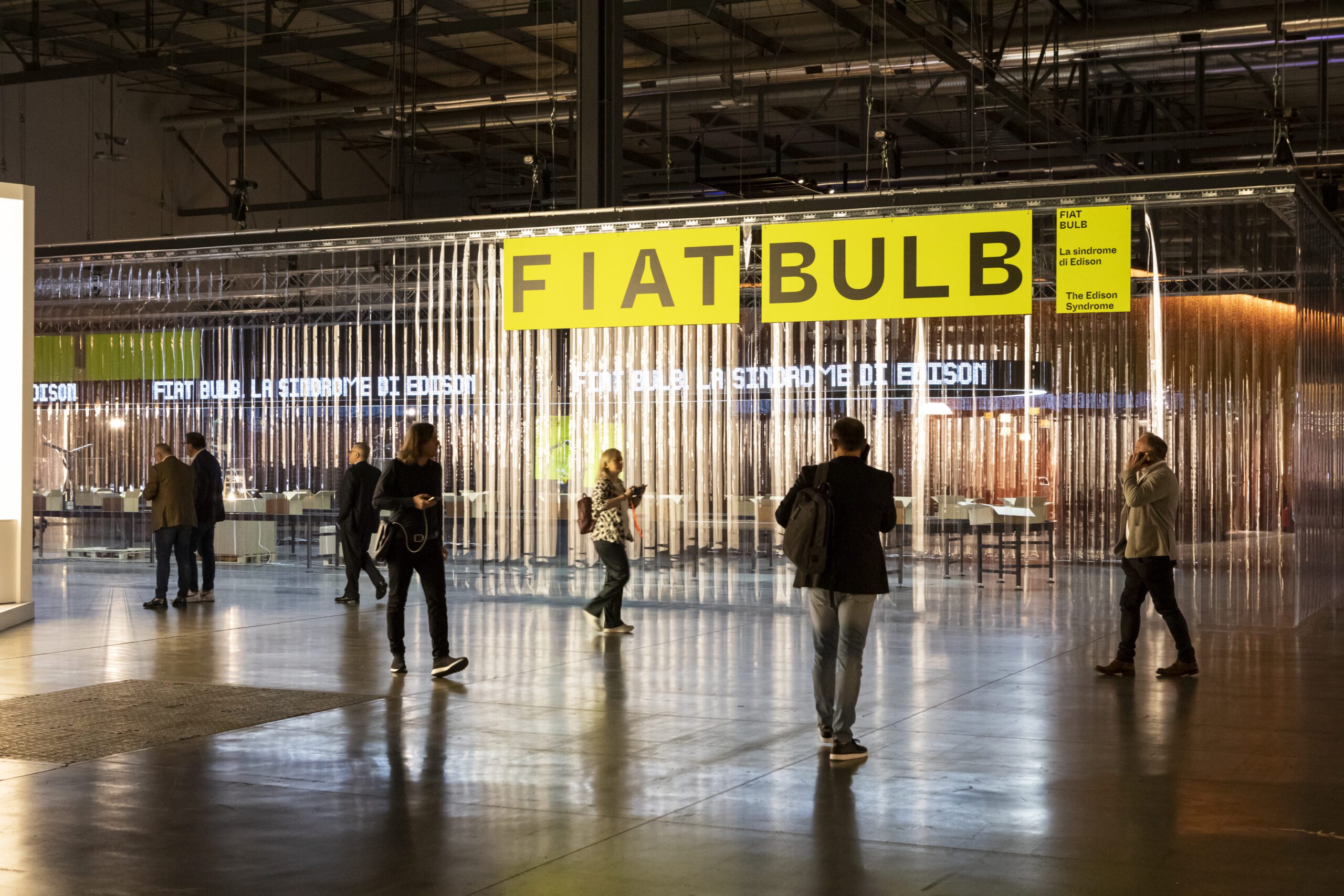Tower of Osaka Castle, Osaka, Japan
20 March 2024
A landmark lighting conversion project in Japan has created a stunning result at the historic Tower of Osaka Castle.
The tower was originally built in the 1580s, two years after the construction of Osaka Castle, but was destroyed by fire in 1615 and again in 1665. The current castle tower, restored in 1931, has become a must-see attraction for those visiting Osaka, especially as it offers a panoramic view of the city from the observation deck on the eighth floor.
Major renovations were carried out in the 1990s, to cope with the ageing structure and to improve its earthquake resistance. During this project, a new lighting scheme – respecting the prestige of the historical Osaka Castle Tower – was designed by world-famous lighting designer Motoko Ishii.
In 2023, the latest project was commissioned to convert the floodlights to LED and offer controllability. Architectural and commercial lighting solutions provider Architainment Inc in Japan, led the installation, specifying Pharos Architectural Controls to supply the control elements of the upgrade, installing a Pharos Designer LPC (Lighting Playback Controller).
The project also aimed to reduce the structure’s electricity consumption and operating costs in line with the UN’s Sustainable Development Goals. As well as the switch to LED technology, which saves money due to its higher efficiency and less energy intensive requirements, fewer devices have been used to illuminate the stone walls. By cutting the number of devices by around half, energy and costs have been reduced. As well as overhauling the night-time aesthetic of the building, the project has delivered a reduction in annual energy consumption by approximately 85% and reduced annual carbon dioxide emissions by around 41 tonnes. Additionally, the introduction of IoT lighting through cloud computing was incorporated to improve facilities management, predictive maintenance, and energy usage reporting.
The LED conversion needed to create a lit environment that was appealing to locals and visitors, whilst maintaining the original design principles. This has been achieved through the installation of full-colour LED lighting solutions from Lumenpulse – supplied and commissioned by Architainment Inc and controlled by the Pharos Designer LPC 1. The ability to illuminate the keep and the surrounding environment in an array of colours has enabled the tower to be appreciated even during dark hours and become even more of an attraction as night-time falls.
The Designer LPC 1 features individually controllable and independently running timelines and scenes. It offers the freedom of real-time manual overrides, with the versatility of powerful show control and integration features. With a compact form and minimal power requirements, the LPC can be installed anywhere.
The project also features a Pharos Cloud portal, allowing for full device interoperability and access – anywhere in the world. The system also integrates a backup redundancy controller that will switch over in the unlikely event of a fault.
Tony Symms, Regional Manager at Pharos Architectural Controls, said: “The Tower of Osaka Castle has such a rich history, and Pharos is proud to now be part of its future. The use of colour LEDs, controlled by our award-winning Designer LPC is a fantastic combination; illuminating the structure, showcasing its architecture, and creating a beautiful atmosphere at night.”
Kengo Hayashida, CEO of Architainment Inc, added: “Osaka has a proud heritage, and the Castle Tower is an integral part of this. By improving the existing lighting scheme through the use of LED technology and control solutions from Pharos Architectural Controls, we have been able to deliver significant savings, cost reduction and an improved aesthetic that still remains true to the original lighting design.”
Mr Hayashida from Architainment Inc added: “This is an incredibly impressive result, achieved through the collaborative approach of all partners and stakeholders, alongside the utilisation of the best technology available.”







